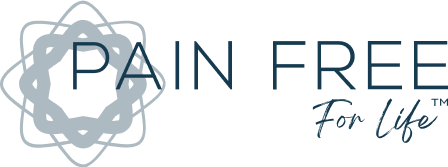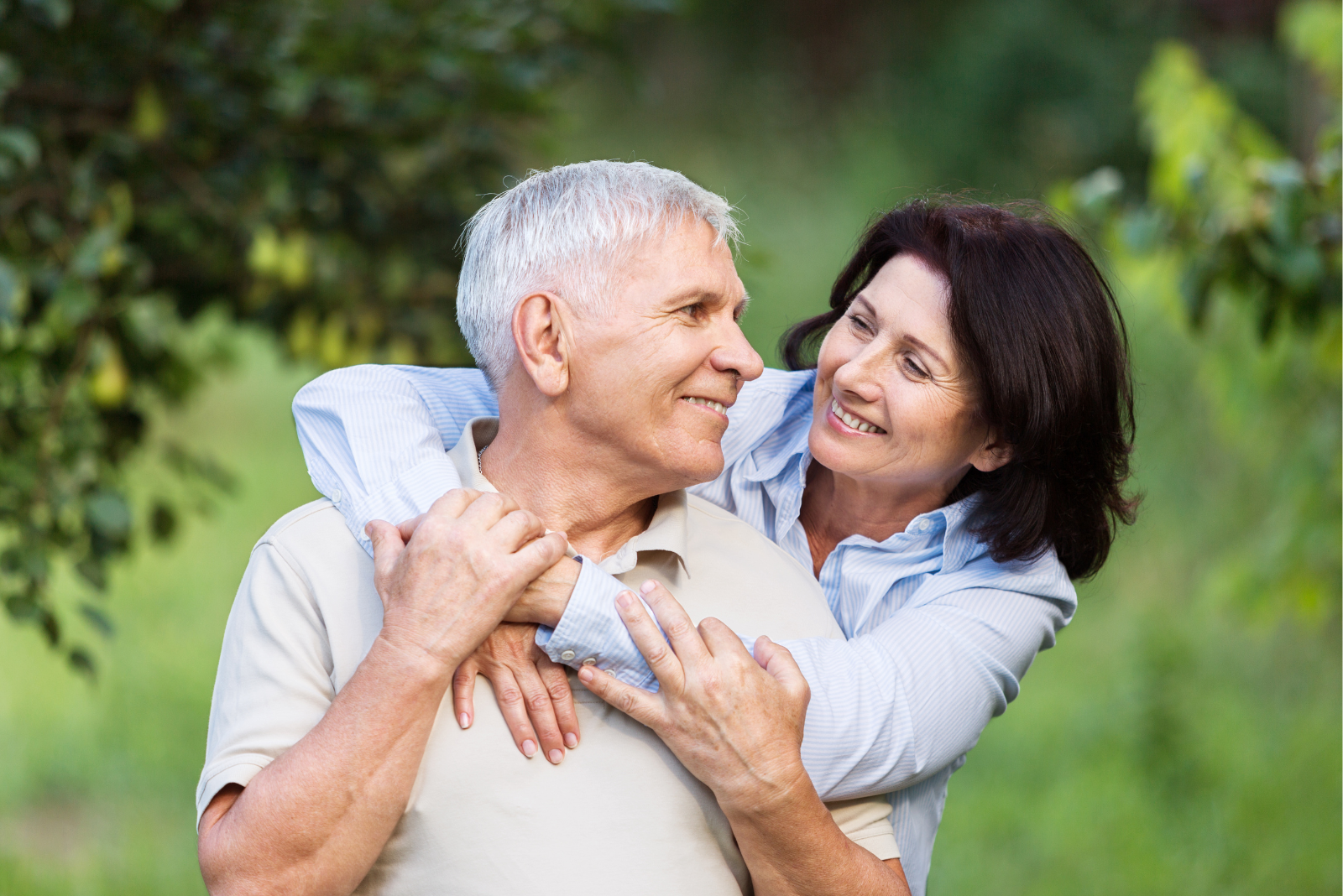 The arrival of summer brings the promise of joyful, adventurous experiences. However, for many of us, summertime headaches can cast a shadow over these special plans. In this blog, we will introduce the Hache Protocol as a solution to alleviate and prevent summertime headaches.
The arrival of summer brings the promise of joyful, adventurous experiences. However, for many of us, summertime headaches can cast a shadow over these special plans. In this blog, we will introduce the Hache Protocol as a solution to alleviate and prevent summertime headaches.
Understanding Summertime Headaches
As the summer season arrives, bringing sunshine, warmth, and outdoor adventures, many of us eagerly embrace the joys of this time of year. Whether it be gardening, hiking, biking, camping or grilling, there’s so much to do! However, for some, summer can also bring an unwelcome companion: headaches.
You may be wondering, “what’s causing my headaches?” The answer isn’t cut and dry, but we have some insights that should point you in the right direction!
Various summer-related factors can trigger headaches, causing discomfort and disrupting plans; let’s explore the most common.
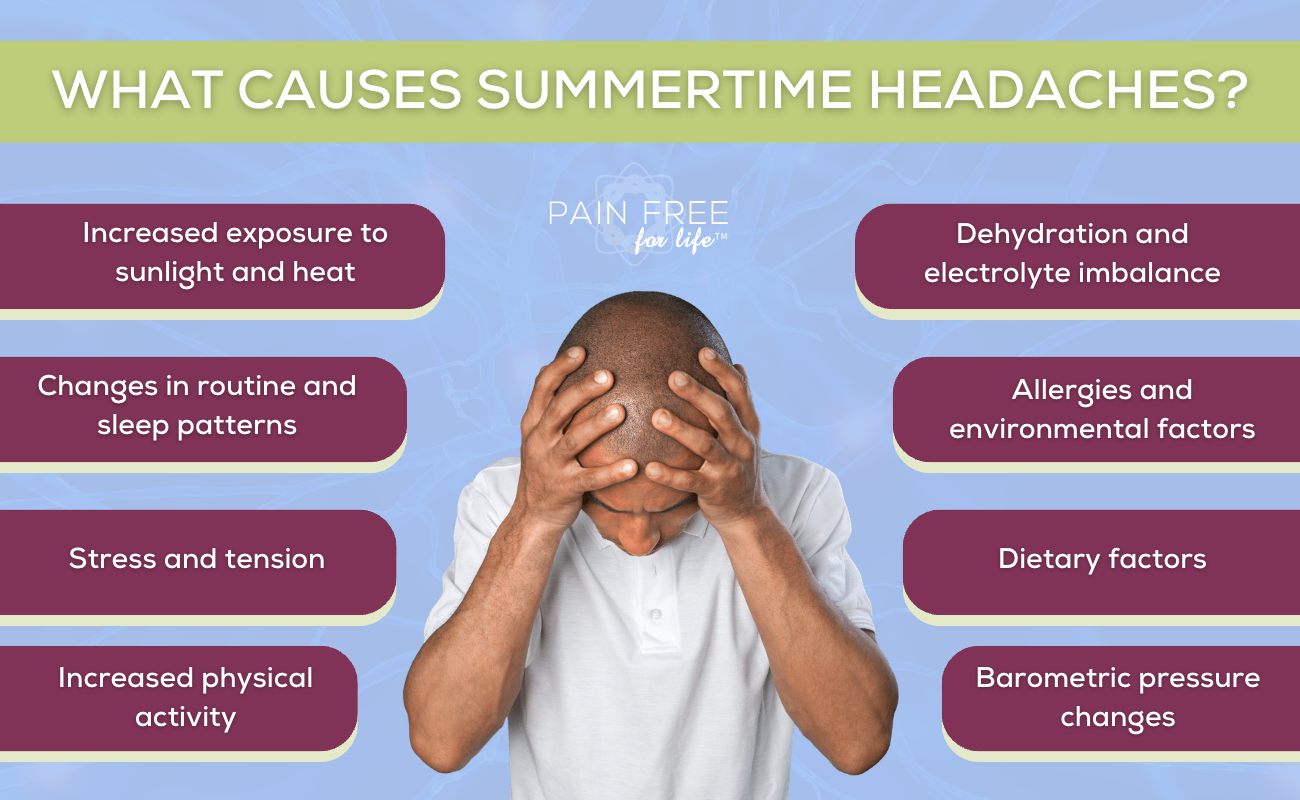 Common Summer Headache Triggers:
Common Summer Headache Triggers:
- Increased exposure to sunlight and heat: We all love getting that natural Vitamin D boost, but extended exposure to sunlight can trigger headaches in some people. Intense sunlight, especially when combined with heat, can cause blood vessels to dilate and lead to throbbing headaches. No fun.
- Dehydration and electrolyte imbalance: Hot weather and outdoor activities can lead to increased sweating, resulting in dehydration and imbalances in electrolyte levels. These factors can contribute to migraine and headaches. Staying hydrated and replenishing electrolytes becomes crucial during summer to minimize this risk. And remember, hydration is key for effective microcurrent treatments, so don’t skip this essential tip.
- Changes in routine and sleep patterns: Summer vacations, travel, and social activities can disrupt regular routines and sleep patterns. And the fact is, sleep deprivation is a trigger for headaches and migraines. Maintaining a consistent sleep schedule and prioritizing adequate rest can help mitigate this risk.
- Allergies and environmental factors: Summertime allergies, such as pollen or other irritants, can contribute to sinus headaches. Additionally, exposure to certain environmental factors like strong odors, air pollution, or chemicals during outdoor activities may increase the likelihood of headaches. Taking necessary precautions like avoiding triggers and managing allergies can be helpful.
- Stress and tension: While summer is often associated with relaxation, it can also bring its own sources of stress, such as planning vacations, organizing events, or managing childcare. Stress and tension can be significant triggers for headaches. Engaging in stress-reducing activities like mindfulness, exercise, or seeking support can help alleviate this trigger.
- Dietary factors: Changes in eating habits, such as consuming more processed foods, irregular meal times, or indulging in sugary treats and alcoholic beverages during social gatherings, can contribute to headaches. Being mindful of dietary choices and maintaining a balanced diet can reduce the risk of headaches. Learn more about inflammation flare-up foods to avoid and some inflammation-friendly snacks in our blog!
- Increased physical activity: Engaging in more outdoor activities and exercise during the summer can lead to muscle tension and exertion, which may trigger tension headaches or migraines in susceptible individuals. Gradually increasing physical activity levels and incorporating relaxation techniques like stretching and deep breathing can help minimize this risk. But whatever you do, be sure to get moving – especially if chronic pain is a concern of yours.
- Barometric pressure changes: Some people are sensitive to changes in barometric pressure, which can occur during summer storms or shifts in weather patterns. Awareness of weather forecasts and taking necessary precautions, such as avoiding exposure to extreme weather conditions, may help manage this trigger.
Understanding these triggers can help prevent headaches, ensuring a more enjoyable season ahead!
Identifying Headache Patterns and Triggers
By recognizing the specific patterns and triggers associated with your headaches, you can take proactive steps to minimize their impact on your daily life. Here are some key points to consider when understanding your headache patterns and triggers:
- Frequency and Duration: Pay attention to how often you experience headaches and how long they typically last. Note if there are any patterns, such as specific times of the day, days of the week, or certain times of the month when headaches occur more frequently. The frequency and duration can help you anticipate and prepare for potential headaches.
- Type of Headache: Identify the type of headache you typically experience. Common types include tension, migraines, cluster, sinus, and cervicogenic headaches. Each type may have different characteristics and triggers, so knowing the specific type can guide you in managing your headaches effectively.
- Symptoms and Severity: Take note of the accompanying symptoms and the severity of your headaches. Symptoms may include sensitivity to light and sound, nausea, vomiting, aura (visual disturbances), or neck pain. Understanding the associated symptoms can provide insights into potential triggers and help differentiate between different headache types.
- Triggers: Identify the factors that commonly trigger your headaches. Triggers can be categorized into various groups:
- Environmental Triggers: Certain environmental factors, such as bright lights, loud noises, strong odors, or changes in weather conditions, can trigger headaches. Pay attention to the specific triggers in your surroundings and try to minimize exposure or take preventive measures when possible.
- Lifestyle Triggers: Certain lifestyle factors, including stress, poor sleep, irregular meal patterns, excessive caffeine or alcohol consumption, and dehydration, can contribute to headaches. Recognize which lifestyle habits or choices may be linked to your headaches and make necessary adjustments to reduce their impact.
- Physical Triggers: Physical factors like muscle tension, poor posture, excessive physical exertion, or hormonal changes (in women) can trigger headaches. Being mindful of these physical triggers and taking steps to alleviate or avoid them can help in headache prevention.
- Patterns and Premonitory Symptoms: Some individuals experience premonitory symptoms (or warning signs) before the onset of a headache. These include mood changes, food cravings, increased yawning, or neck stiffness. Recognizing these patterns and premonitory symptoms can allow you to take proactive measures to prevent or manage headaches more effectively.
- Keeping a Headache Diary: Maintaining a headache diary or using a headache tracking app can help you record and analyze your headache patterns, symptoms, triggers, and any associated factors. This documentation can provide valuable insights over time, enabling you to identify trends and make informed decisions about managing your headaches.
Remember that everyone’s headache patterns and triggers can vary, so it’s important to tailor your approach to your individual needs and consult a healthcare professional for personalized guidance.
How the Hache Protocol Helps Migraines and Headaches
The Hache Protocol is designed to provide a comprehensive approach to pain of ALL kinds by addressing the underlying causes and triggers. It incorporates five interactive elements: stress reduction, nutrition, fitness, sleep, and microcurrent therapy.
Let’s explore how each element of the protocol helps in stopping headaches!
Stress & Headaches: Stop the Cycle
Stress plays a significant role in triggering headaches. The Hache Protocol emphasizes the importance of stress reduction techniques to help you recharge your adrenals and effectively manage your body’s response to stress.
Nutrition and Headaches
Proper nutrition is crucial in preventing and managing headaches. The Hache Protocol addresses the importance of maintaining a balanced diet and making dietary adjustments to reduce the frequency and severity of headaches. Strategies may include staying hydrated, avoiding high-histamine foods, addressing nutrient deficiencies (such as magnesium and B vitamins), and implementing an elimination diet to identify potential food triggers contributing to headaches.
Getting Active For Headache Relief
Engaging in low-impact physical activity can help prevent headaches and migraines. Exercise stimulates the release of endorphins, also known as the “feel-good” hormones, which improve brain function and overall well-being. The Hache Protocol recommends gentle exercise, and gradually increasing intensity. By adopting a regular fitness routine, individuals can reduce muscle tension, improve circulation, and minimize the risk of tension headaches or migraines.
How Poor Sleep and Headaches Are Connected
Quality sleep is often undervalued but plays a vital role in managing headaches and migraines. Consistent, restful sleep allows the body to recharge and repair, reducing the frequency and intensity of headaches. The Hache Protocol emphasizes the importance of establishing healthy sleep habits and prioritizing a consistent sleep schedule.
To learn more about how The Hache Protocol helps eliminate headaches, check out our fan-favorite podcast episode.
Microcurrent Therapy For Headaches and Migraines
Microcurrent therapy is a key component of the Hache Protocol and offers a safe, drug-free approach to pain resolution. By stimulating the body’s natural healing processes, microcurrent therapy can provide long-lasting relief from chronic or acute pain, including headaches and migraines.
4 More Natural Tips for a Headache-Free Summer:
As we mentioned, summer headaches can be triggered by a plethora of factors including heat, dehydration, increased sun exposure, and changes in routine. Here are 10 simple holistic tips that may help alleviate summer headaches:
- Apply Cold Compress: Applying a cold compress or ice pack to your forehead or the back of your neck can relieve headaches by constricting blood vessels and reducing inflammation.
- Use Essential Oils: Certain essential oils have soothing properties that can help relieve headaches. Peppermint, lavender, and eucalyptus oil are commonly used for headache relief. Dilute a few drops in a carrier oil and apply it to your temples or inhale the aroma.
- Curate Your Environment: Bright sunlight, loud noises, and strong odors can exacerbate headaches. Create a calm and soothing environment by dimming lights, using earplugs or headphones to block out noise, and avoiding strong smells. When relaxing or exercising outdoors, protect yourself from the sun by wearing a hat, sunglasses, and sunscreen to minimize the impact of sunlight and heat on headache frequency.
Practice Good Posture: Poor posture (text neck, anyone?) can strain the muscles in your neck and shoulders, leading to tension headaches. Maintain good posture throughout the day, especially when sitting for extended periods.
Hope For Headaches is Here
By combining these five elements, the Hache Protocol aims to provide a holistic and multi-faceted approach to stopping headaches. It addresses various aspects that contribute to headaches, such as stress, nutrition, fitness, sleep, and pain management. This comprehensive approach helps you identify and modify lifestyle factors, implement preventive measures, and seek non-pharmacological pain relief options to reduce the occurrence and severity of headaches.
This way, NOTHING will get in the way of your fun plans and celebrations! If you’d like help getting started with microcurrent therapy, reach out to our team at support@painfreeforlife.com to get the ball rolling.
We have all kinds of amazing free resources to help you decide which microcurrent device is right for you, learn why microcurrent is the secret to a pain free life in our free webinar, and more!
Sources Cited:
Migraine Prodrome: Symptoms and Prevention | AMF (americanmigrainefoundation.org)
